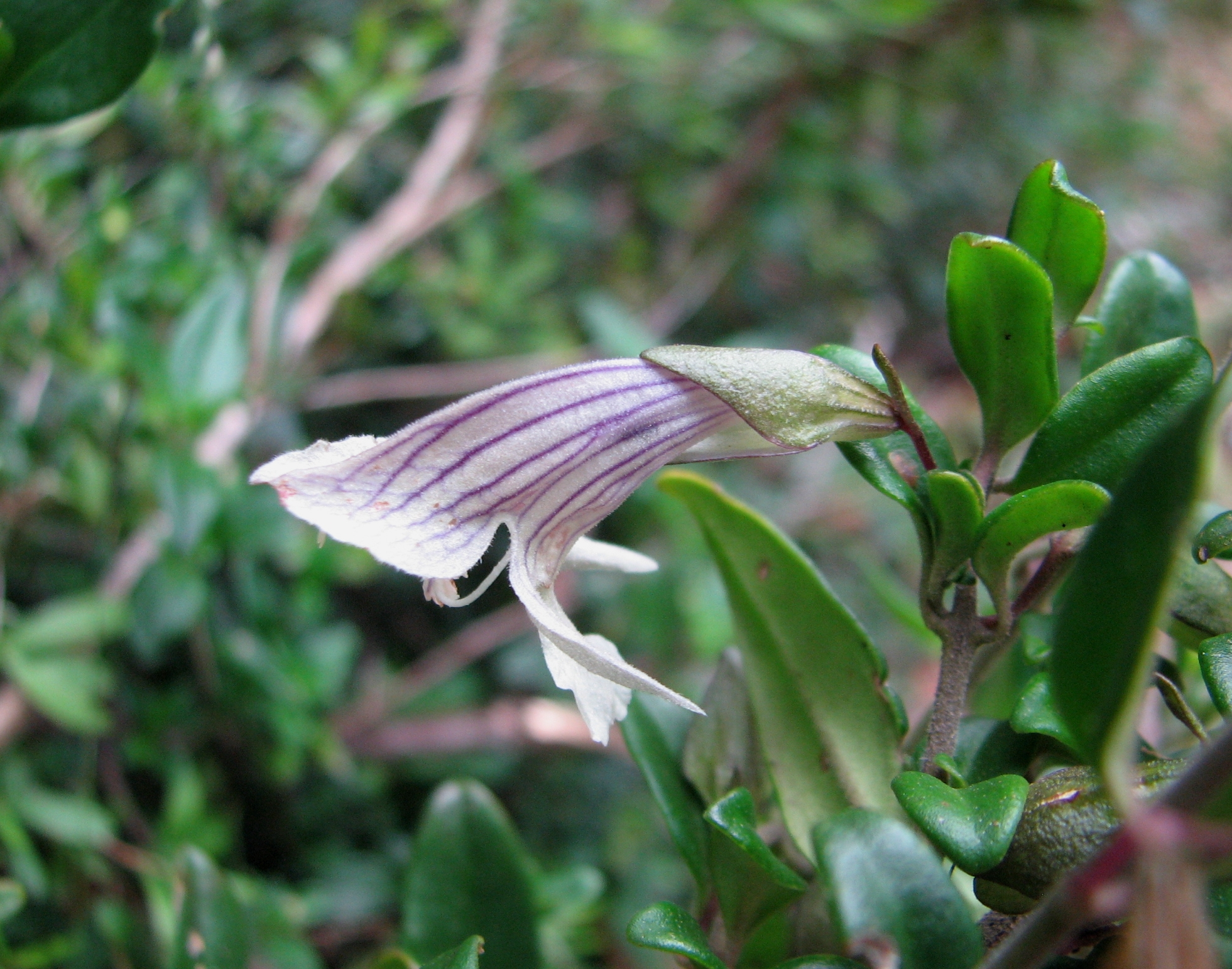Carl Walter on:
[Wikipedia]
[Google]
[Amazon]
Carl Walter (c. 1831 – 7 October 1907), also known as Charles Walter, was an Australian botanist and photographer. He was born in
 Walter discovered and collected a new species of mint bush on
Walter discovered and collected a new species of mint bush on
Mecklenburg
Mecklenburg (; nds, label=Low German, Mękel(n)borg ) is a historical region in northern Germany comprising the western and larger part of the federal-state Mecklenburg-Western Pomerania. The largest cities of the region are Rostock, Schwerin ...
, Germany in about 1831 and arrived in Victoria
Victoria most commonly refers to:
* Victoria (Australia), a state of the Commonwealth of Australia
* Victoria, British Columbia, provincial capital of British Columbia, Canada
* Victoria (mythology), Roman goddess of Victory
* Victoria, Seychelle ...
in the 1850s.
Botanical work
 Walter discovered and collected a new species of mint bush on
Walter discovered and collected a new species of mint bush on Mount Ellery
Mount Ellery ( Gunai: ''Barumpa''), with an elevation of AMSL, is a mountain that is part of the Errinundra Plateau within the Errinundra National Park, located in the East Gippsland region of the Australian state of Victoria. The mountain is a ...
which was named in his honour as '' Prostanthera walteri'' by Victorian Government Botanist Ferdinand von Mueller
Baron Sir Ferdinand Jacob Heinrich von Mueller, (german: Müller; 30 June 1825 – 10 October 1896) was a German-Australian physician, geographer, and most notably, a botanist. He was appointed government botanist for the then colony of Vict ...
in 1870 . It is thought that Walter accompanied the geodetic survey team headed by Government Astronomer Robert L. J. Ellery which surveyed East Gippsland
East Gippsland is the eastern region of Gippsland, Victoria, Australia covering 31,740 square kilometres (14%) of Victoria. It has a population of 80,114.
Australian Bureau of Statistics2006 Census Community Profile Series: East Gippsland (Sta ...
and the border with New South Wales from 1869 to 1871.
He collected plants on behalf of Anatole von Hügel
Anatole von Hügel (29 September 1854, in Florence – 15 August 1928, in Cambridge) was the second son of the Austrian nobleman Charles von Hügel and his Scottish wife Elizabeth Farquharson. His elder brother was Friedrich von Hügel and hi ...
and was accompanied by missionary George Brown George Brown may refer to:
Arts and entertainment
* George Loring Brown (1814–1889), American landscape painter
* George Douglas Brown (1869–1902), Scottish novelist
* George Williams Brown (1894–1963), Canadian historian and editor
* G ...
in exploring the Bismarck Archipelago
The Bismarck Archipelago (, ) is a group of islands off the northeastern coast of New Guinea in the western Pacific Ocean and is part of the Islands Region of Papua New Guinea. Its area is about 50,000 square km.
History
The first inhabitants o ...
in 1875.
In 1889, Walter collected the type specimen of '' Eucalyptus x brevirostris'' in the Upper Yarra region in 1889.
During the 1890s, Walter collected plant specimens in the Australian Alps
The Australian Alps is a mountain range in southeast Australia. It comprises an interim Australian bioregion,
, accompanied by Charles French junior.
From the 1890s until his death in 1907, Walter was head of economic botany at the Technological Museum in Melbourne.
In 1906, Walter described a new subspecies of the orchid '' Diuris punctata'' in ''The Victorian Naturalist
''The Victorian Naturalist'' is a bimonthly scientific journal covering natural history, especially of Australia. It is published by the Field Naturalists Club of Victoria and is received as part of the membership subscription of that club. From ...
'', based on plant material collected at Mount Arapiles
Mount Arapiles is a rock formation that rises about above the Wimmera plains in western Victoria, Australia. It is located in Arapiles approximately west of the town of Natimuk and is part of the Mount Arapiles-Tooan State Park. Arapile ...
by St. Eloy D'Alton. He named it ''Diuris puncata'' var. ''d'Altoni'', subsequently revised to ''daltoni''.
Photography
Walter set up a photographic studio at 45 Bell Street, Fitzroy, Melbourne, promoting himself as a "Country Photographic Artist" or "Landscape Photographic Artist" and many of his images were reproduced as woodcuts in contemporary journals.Davies, Alan, and State Library of New South Wales. Eye for Photography : the Camera in Australia, Miegunyah Press, State Library of New South Wales, 2004. ISBN 0522851339. As early as 1865 he submitted a report on the "Salmon Tanks in Badger Creek" to the ''Illustrated Australian News''. For a twenty-year period starting from about 1862, he would periodically travel to eastern and alpine regions of Victoria with camera equipment and camping gear in a backpack; "the whole weighing about fifty pounds.” Much of his early endeavors revolved around documenting portraits of indigenous people and capturing the mission stations of Ramahyuck (Lake Wellington), Coranderrk (Yarra Flats) where he made 106 photographs, and Lake Tyers. In 1867, he dispatched portraits of Victoria's aborigines to the Anthropological Society of London, where they were exhibited at the Intercolonial Exhibition of Australasia in Melbourne in 1866-67. Walter advertised in 1871 "an extensive collection of Stereoscopic Views depicting Aboriginal Life, Mining, Scenery, and other Australian Subjects." He predominantly employed a stereoscopic camera but also produced some half-plate and whole-plate negatives, most officially registered his photographs with the Victorian Copyright Office in 1870. The earliest surviving photograph by Walter bears the date 1862, and his work continued to be published until the early 1870s.References
{{DEFAULTSORT:Walter, Carl 1907 deaths 19th-century Australian botanists Botanists active in Australia Botanical collectors active in Australia Botanists with author abbreviations 19th-century German botanists People from the Grand Duchy of Mecklenburg-Schwerin German emigrants to Australia Australian photographers 1830s births